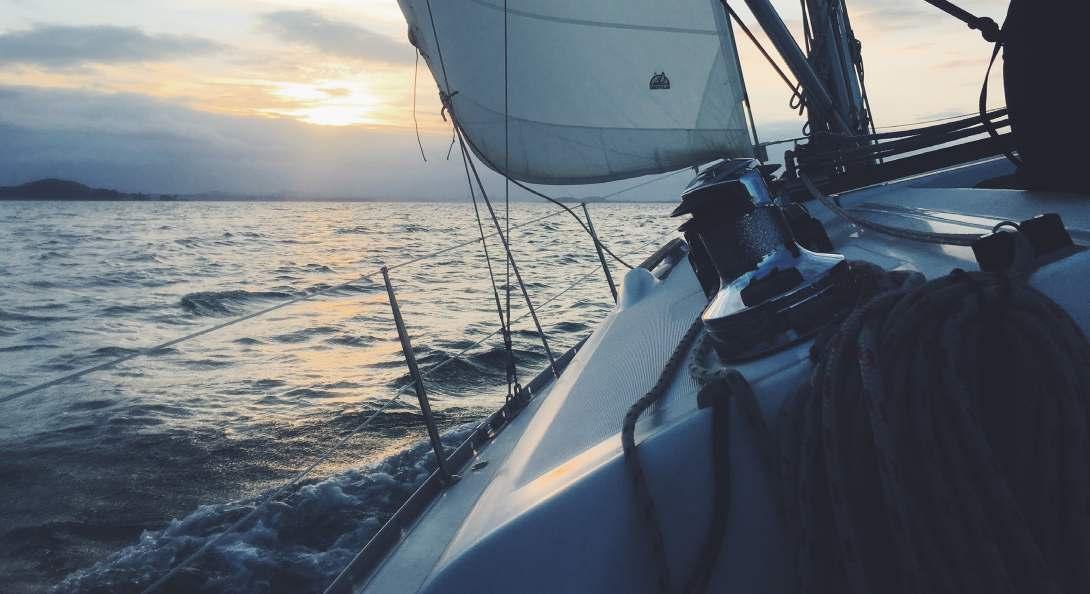Connections Competition
winner
Sailing and Physics - Jo, Lower V
My favourite sport and general favourite thing in the world (except science of course) is sailing and this is how it links to physics
The sails use their shape to create lift and movement. The keel/daggerboard helps make the boat go forwards and upwind instead of just sipping sideways and down winds. And the shape of the hull helps the sails work and if there is a chine it can also act like daggerboards, stopping you from drifting downwind. The sails, the hull, and the foils all try to work together helping the boat move forwards.
How the two sails work together is also very important. The front sail (jib) catches the wind and helps accelerate it onto the mainsail as much as it can, which makes it much more effective. If the gap between the sails is really small, not all of the air can get through smoothly, this causes turbulence and stalls the sails (not fast). However, if the gap is too large then all the speed gained is lost as all the flow just leaves out the back of the sail and isn’t used to help the mainsail work hard, this is called spilling air. When racing the crews (who sit at the front of the boat), need to find the right spot to pull the jib in to maximise the gains from this. Usually in my boat this is best when sailing in winds where we want to get the most out of our sails they are quite filled and baggy in the middles to try and get as much acceleration out of what little wind we have so the jib is often eased so that when the main is baggy it doesn’t close the gap between the two sails too much. However in very heavy winds we often have the sails pulled as flat and blade
like as they can be so that we still get some forward motion out of the boat but so that the sails cause least interruption in the wind’s path to make sure we do not get knocked over.
Sails are basically floppy upright aeroplane wings. When the wind is curved by the sail it has to accelerate to get round that corner, this produces a lower pressure and that creates the pressure on the sail.
On big boats like keelboats and yachts the keel is used as a weight keeping the boat as flat as possible and to help the boat move forwards. On keel boats the keels have a large weight on the bottom of the keel, this is called a bulb and when the boat heels over it naturally tries to bring the boat back upright. This allows these boats to sail with fewer people to lean the boat back over and ensure that the boat always comes back upright (making it much safer).
Sailing isn’t all physics of moving boats forwards though, there is a lot of physics, chemistry, psychology and biology in sailing through the building process, the materials and sails design, racing tactics, how racers think, and the human side, keeping fit, eating right, drinking enough and exercise. Sailing is as much about the people as it is about the boat itself. After all, boats don’t sail themselves (yet).

